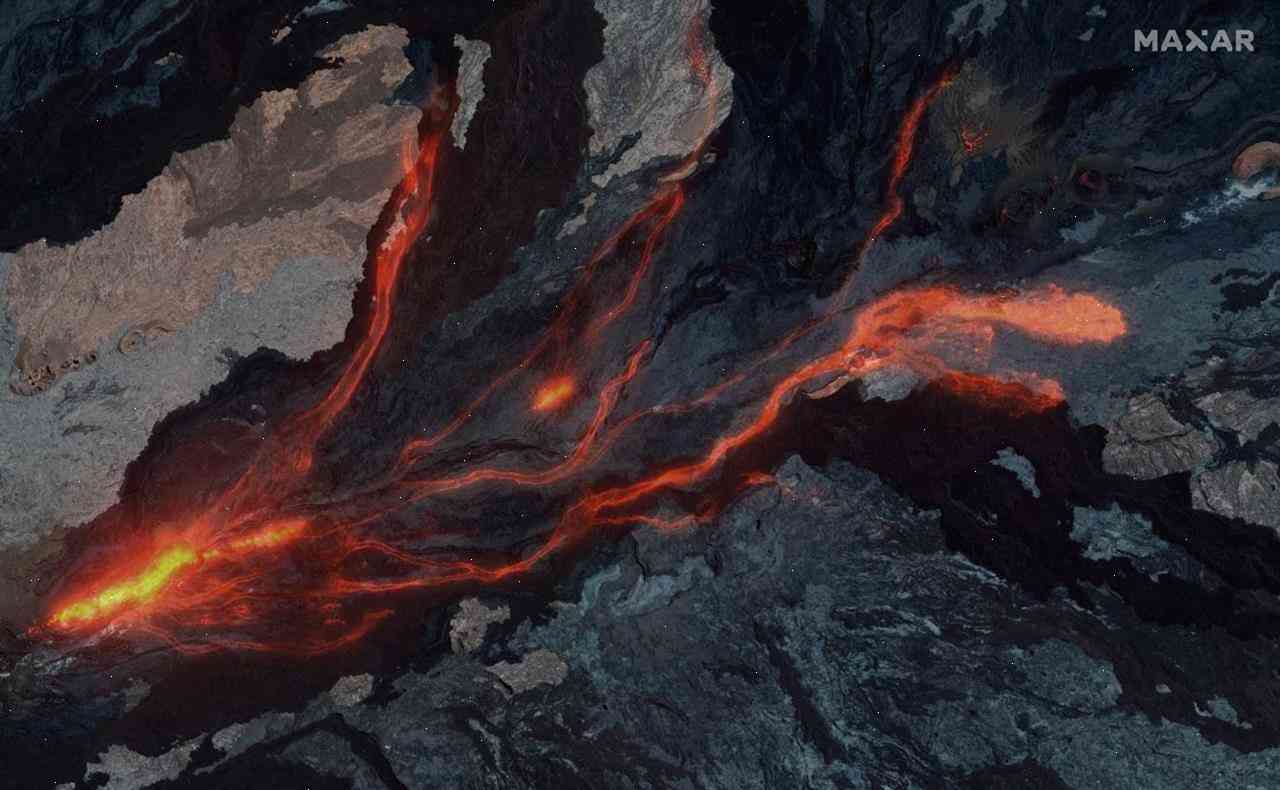Hawaii volcano eruption has some on alert, draws onlookers
Updated
It has a unique history — a series of eruptions, a slow but steady growth, and now an unprecedented eruption with a massive plume of ash.
It also has people on alert.
“As a scientist, it’s very difficult to be neutral or objective about an imminent eruption,” says geologist Ken Caldiera.
“Here you feel like, ‘I know this volcano better than anybody in Hawaii, so I’m going to be extremely concerned. It’s erupting. I’ve got to get out of here’.”
But there’s another side of the equation.
“An eruption’s not about a particular type of eruption; it’s about a type of eruption,” Caldiera says.
“It’s about how people experience an eruption. If you’ve got a really good view of the whole thing and a lot of people are watching it, it’s very difficult to be apathetic or not think about it. And it can be very personal.”
For the first time since a large eruption erupted on Hawaii’s Big Island in 1959, a small eruption has erupted in the Pacific Ocean off the West Coast of the Hawaiian islands.
The small volcano Mount Lassen has been the subject of some unusual media attention since Hawaii’s last big eruption in 1959.
This one is much smaller: about 15-30 metres tall and has an ash column that has been compared to the wings of a butterfly.
It’s not a supervolcano per se – but it’s very close.
‘Not a supervolcano’
“It’s not a supervolcano per se – but it’s very close,” says Ken Caldiera.
At its current rate, it would take the volcano about five or six hours to erupt.
The Hawaii eruption is different from other supervolcanoes on Earth.
“It’s not going to shoot magma up into the stratosphere and

